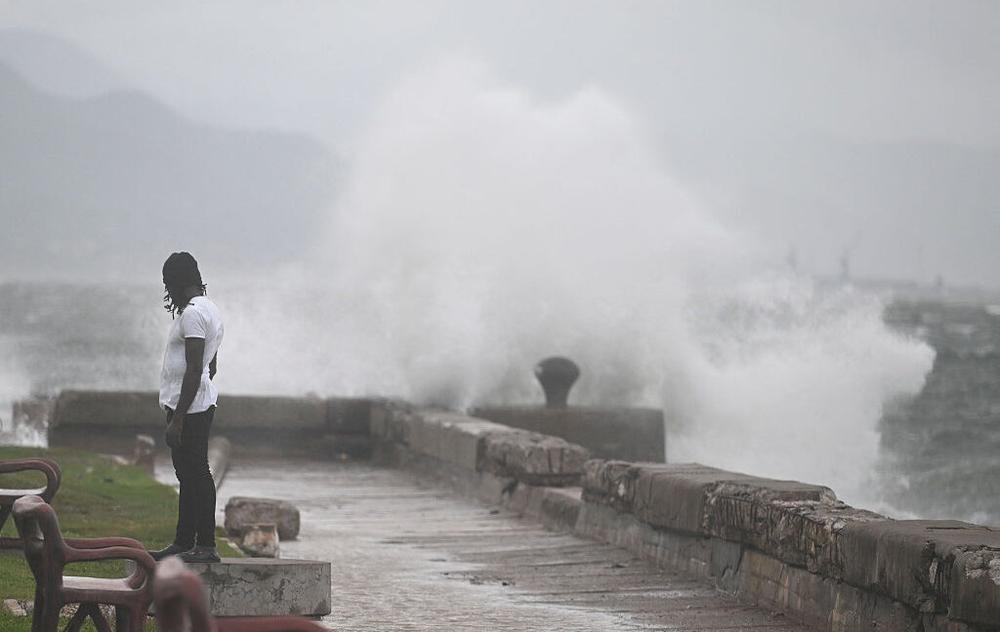Hurricane Melissa made landfall in southwestern Jamaica, near New Hope, on Tuesday at 1 pm ET with staggeringly powerful sustained winds of 185 mph.
In the National Hurricane Center update noting the precise landfall time and location, specialist Larry Kelly characterized Melissa as an “extremely dangerous and life-threatening” hurricane. Melissa is bringing very heavy rainfall, damaging surge, and destructive winds to the small Caribbean island that is home to about 3 million people.
The effects on the island are sure to be catastrophic and prolonged.
A record-breaking hurricane by any measure
By any measure, Melissa is an extraordinary and catastrophic storm.
By strengthening overnight and then maintaining its incredible intensity of 185 mph, Melissa has tied the Labor Day Hurricane of 1935 as the most powerful hurricane to strike a landmass in the Atlantic Basin, which includes the United States, Mexico, Central America, and the Caribbean islands.
Melissa also tied the Labor Day storm, which struck the Florida Keys, as the most intense storm at landfall, measured by central pressure at 892 millibars.
Overall, Melissa is tied for the second strongest hurricane, measured by winds, ever observed in the Atlantic basin, behind only Hurricane Allen and its 190 mph winds in 1980. Only Hurricane Wilma (882 millibars) and Gilbert (888 millibars) have recorded lower pressures at sea.
Although it has started to move a little more quickly to the north, at 9 mph this morning, Melissa has been crawling across the northern Caribbean Sea for the last few days, lashing Jamaica and other Caribbean islands with strong surge and heavy rain. The only mitigating factor is that the storm’s strongest winds are blowing across a relatively confined area, about 20 miles across.
Hurricane hunter forced to abort flight
The storm was so strong that a Lockheed WC-130 aircraft, a hardy vehicle designed to fly into hurricanes, had its flight disrupted on Tuesday morning.
The hurricane hunter aircraft, operated by the US Air Force Reserve, encountered “heavy turbulence” upon entering the eye of Melissa. “During the event, the aircraft briefly experienced forces stronger than normal due to turbulence,” the Air Force Reserve stated. “While this does not automatically indicate damage, standard safety procedures require an inspection before returning to operations.”
Melissa will now accelerate to the north and then northeast along a track that will bring it over the eastern half of Cuba and then the Bahamas before potentially impacting Bermuda on Thursday. Although it will remain dangerous, the hurricane is expected to gradually weaken over this period.

 ‘I’m Running Late!’ Says Woman Who Is Walking Late
‘I’m Running Late!’ Says Woman Who Is Walking Late